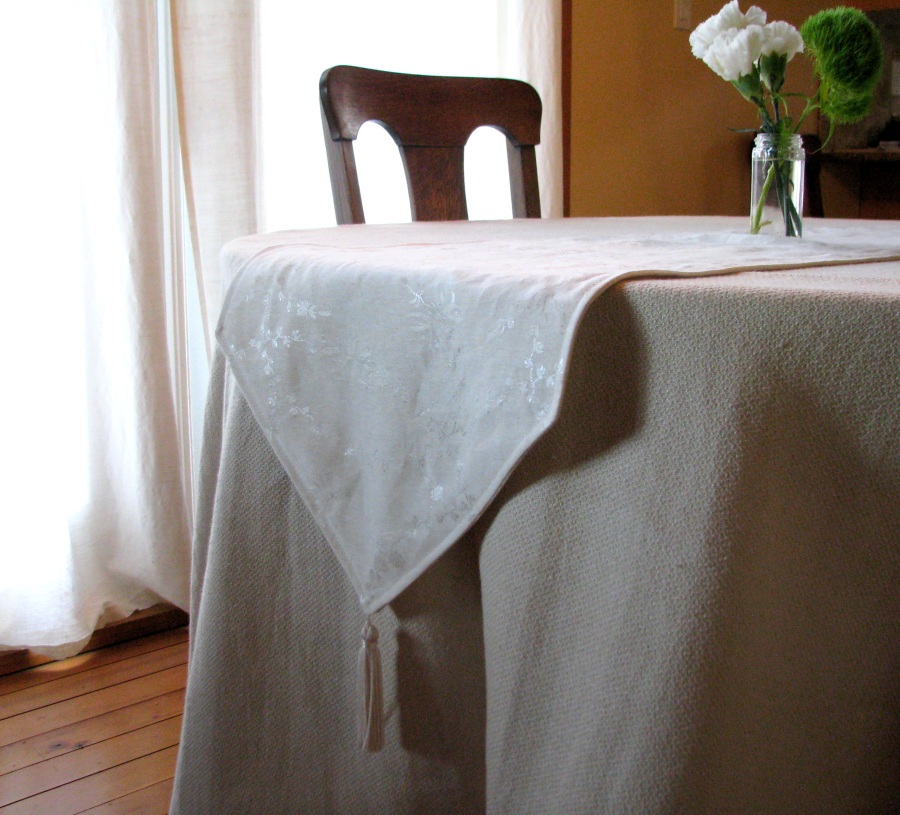Have you ever wondered how silk fabric is made? Silk fibers are collected from silk worm cocoons. Silk worms are carefully monitored with controlled temperatures to insure that they will produce a cocoon. They are fed constantly allowing them to multiply their weight 10,000 times in just a month! It takes approximately 5500 silkworms to produce just 2.2lbs/1kg of raw silk. A silk worm cocoon is one single fiber ranging from 600-900 meters long. Only 5-8 strands from a cocoon are used and the thread is used to create the fabric- so it takes a lot of silkworms to make just one silk garment! The price of silk depends on the variety of silkworms and the quality of the cocoons used to produce it.
Silk Fabric
Silk is a natural fiber which can be woven into textiles. Silk fabric is very absorbent so it’s great to wear in warm weather or as active wear. It must be protected from the sun so draperies should be well lined. Colors can fade if in storage for a long period of time. It’s a very strong fabric and will never shrink.

Dupioni silk curtains
Silk worms which are fed mulberry leaves are said to produce the best silk. Silk worms that are fed oak leaves produce a silk called Tasar. It is mainly used for upholstery and interior decor as it has a more coarse feel to it. It is often referred to as raw silk.

raw silk scarf
There are a few different types of silk fabrics.
Charmeuse is one of the most common types of silk. It drapes well and has a real shine to it. It’s mainly used for apparel.

silk charmeuse
Crepe de Chine has a matte surface. It’s very durable and unlikely to wrinkle. It’s also light weight so it’s favored in hotter weather.

crepe de chine silk
Georgette: Similar to Crepe de Chine, it’s very soft and lustrous but has a grainy texture.

georgette silk
The main producers of silk are China and Japan. They manufacturer more than 50% of the world production each year. Silk was first produced in China way back in 3000BC! When it was first found, only the emperor and a handful of others were allowed to wear it. It is said that silk was found when a Chinese concubine accidentally dropped a cocoon into hot tea!
Silk production has actually doubled during the last 30 years despite the amount of man-made fibers being made.
